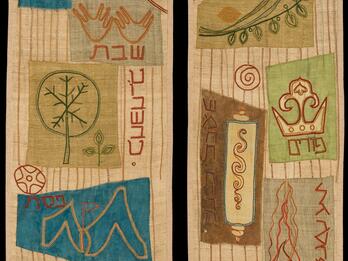Pakhar’ (Ploughman)
Anatoly Kaplan
1960
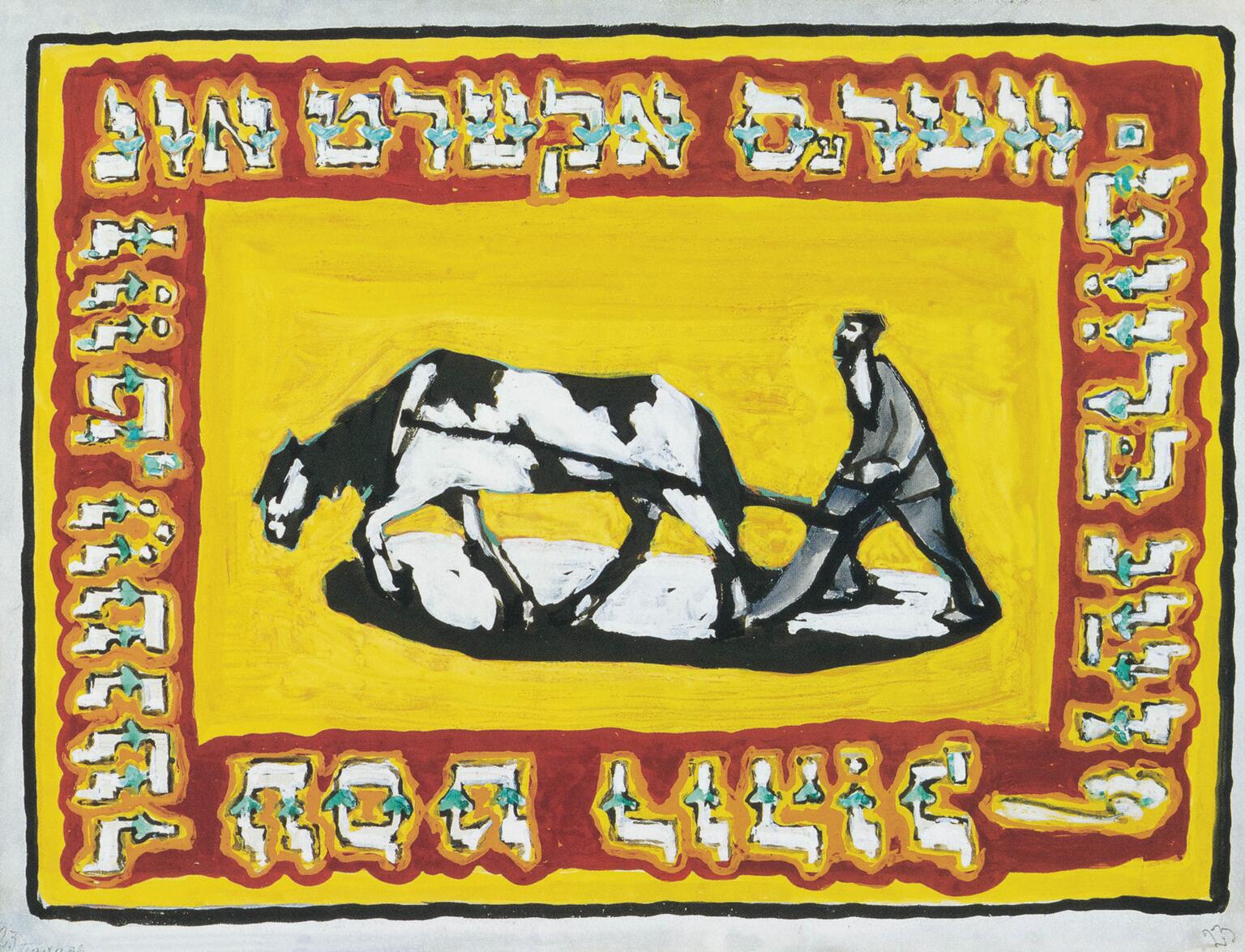
Places:
Related Guide
Visual and Material Culture in the Mid-Twentieth Century
Jewish visual art flourished and diversified in the postwar period, reflecting the social and political transformations taking place in the world.
Creator Bio
Anatoly Kaplan
Born in Rogachev, Belarus, Anatoly Kaplan was a printmaker, illustrator, and ceramicist who spent much of his career in Leningrad. After studying at the Leningrad Academy between 1921 and 1927, Kaplan worked as a stage designer before beginning to create lithographs in 1937. Despite the challenges facing Jewish artists in Russia at the time, Kaplan found success working in Leningrad, joining the Union of Soviet Artists in 1939 and exhibiting his work regularly. After the war, Kaplan dedicated his art to memorializing the pre-Soviet Jewish landscape through illustrations to Yiddish folk songs and the work of Mendele and Sholem Aleichem. The text surrounding the image says “Whoever ploughs and plants eats his bread in peace.”
You may also like
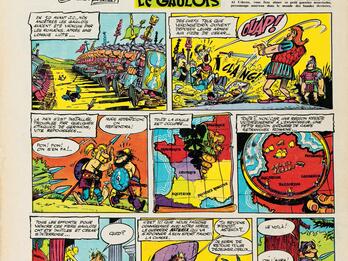
Astérix le Gaulois, no. 1, cover
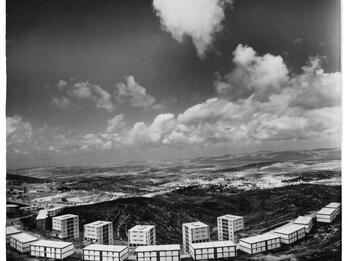
Social Housing Blocks in Upper Nazareth
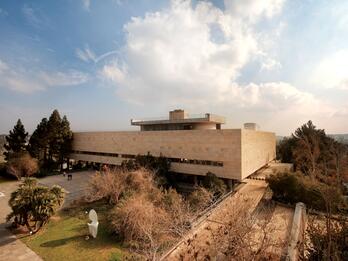
The National and University Library
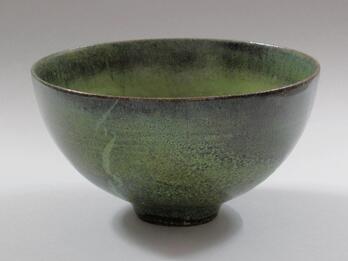
Apple Green Reduction Fired Glaze with Melt Fissures, Earthenware
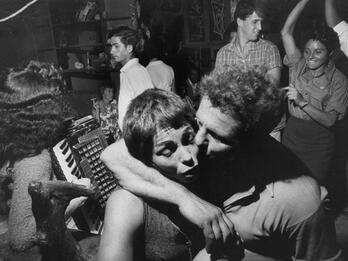
Israeli Beatniks, Night Club
